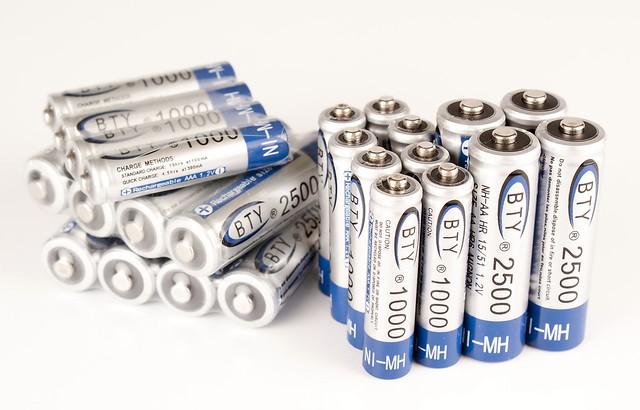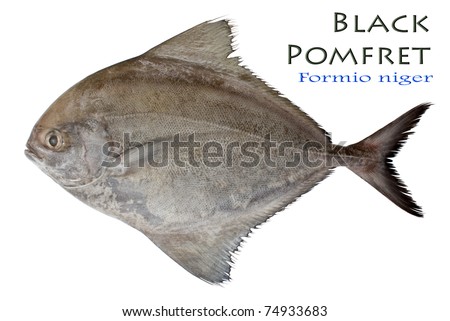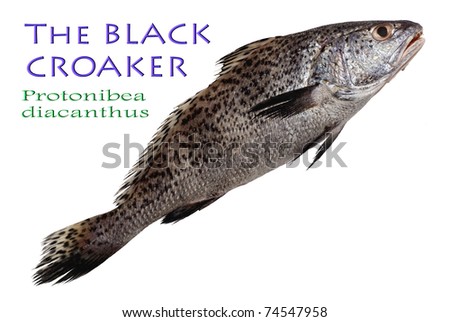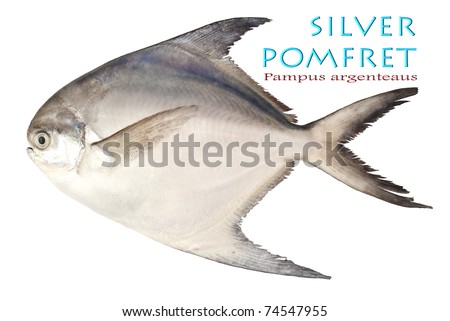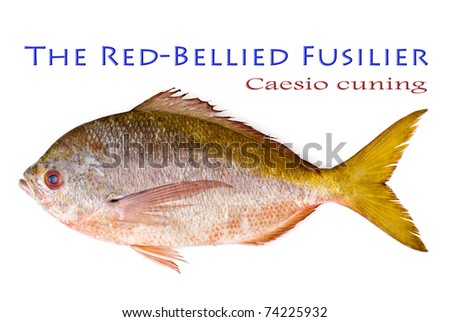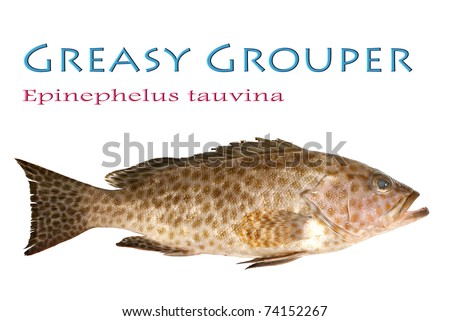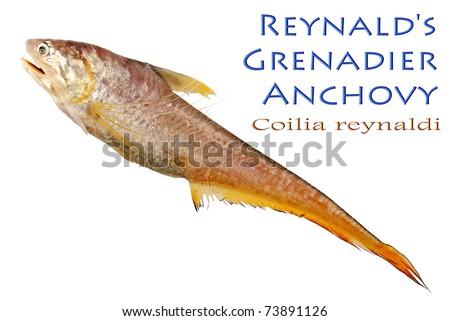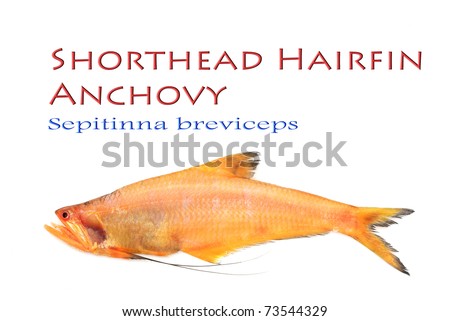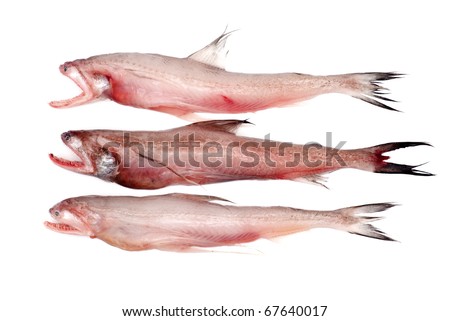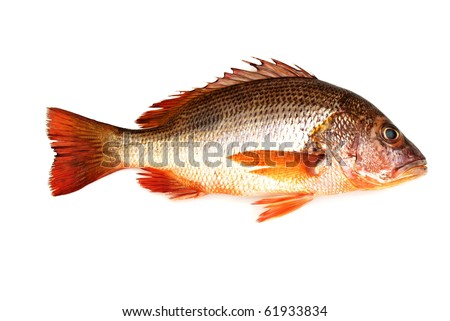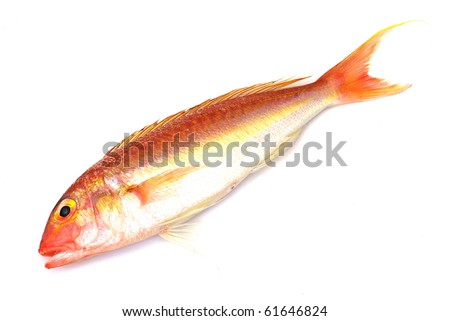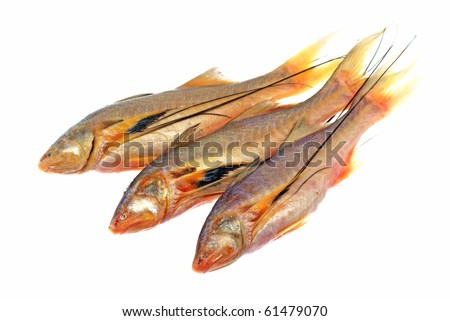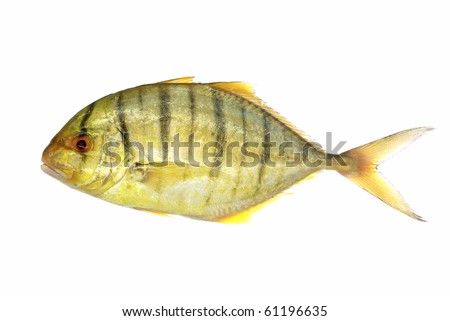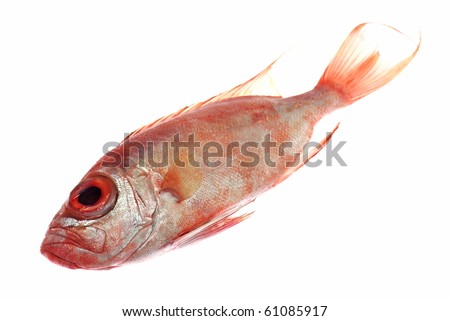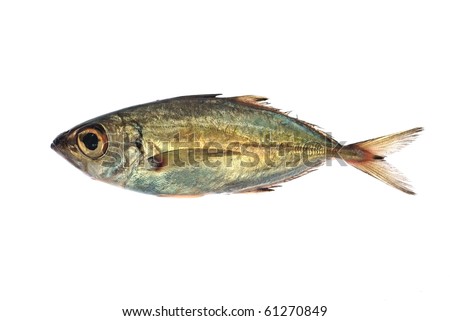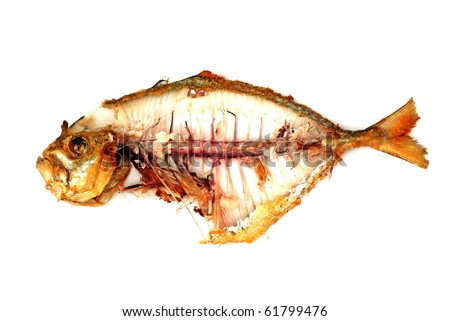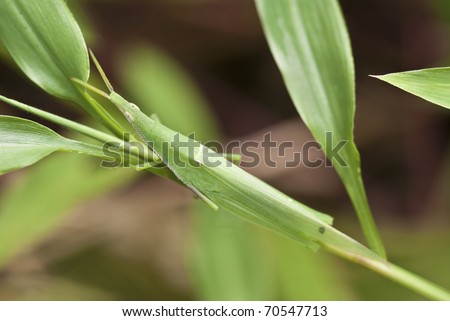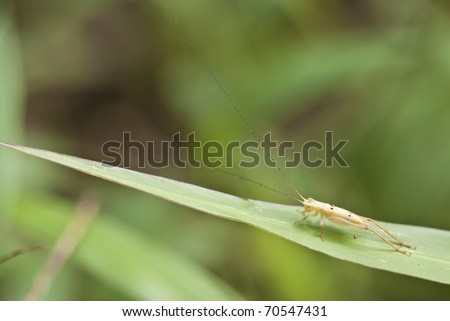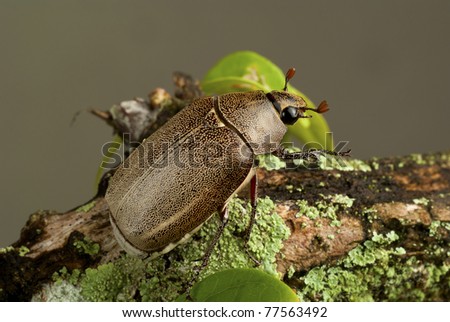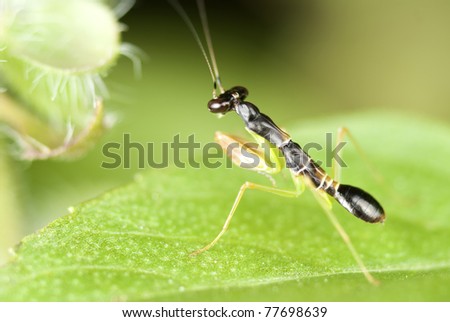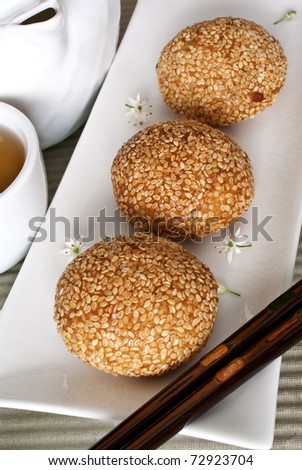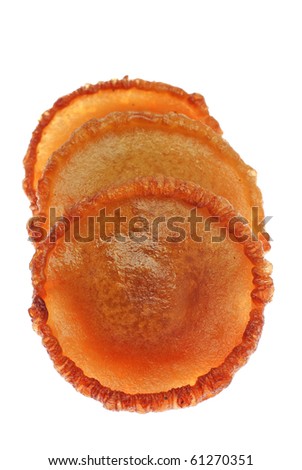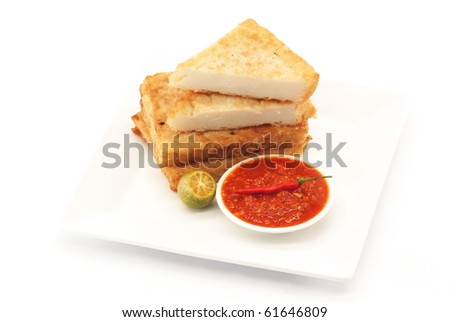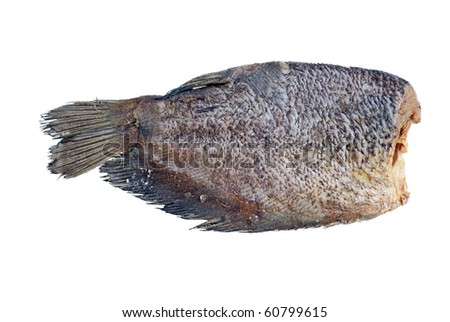In the Search for Portable Juice…
Having posting a few questions on my photography forum at Dyxum.com regarding eBay’s many delicious looking organic Chinese-made branded and genetic aa/ aaa batteries, I decided to take a chance to try them out and placed a few orders for them after no photographers had come forward and inform us that their batteries had exploded or damaged any equipment. It also seems that none of them had actually tried these batteries but their comments were based on the experiences of another user.
For that pricing, I do not expect them to perform as well as established brands such as Sony(s), PowerEx(s), Sanyo(s) or GPs but they should at least be fault-free and usable by at least 65% of what is being written on the labels. So these are the results after they had arrived by standard HK post.
I’m testing Chinese-made batteries with very impressive specs on an un-technical point of view so I’m allowing myself room for experimenting with un-familiar brands.
The eBay batteries started arriving two weeks after I clicked on the ‘Pay Me’ button. Impressive fast delivery for the first vendor! The first package consists of 12 units of GODP “3000mAh” aa batteries. I’m charging them in sets of 4s. However, they would not charge properly … the error light on my smart charger comes up 23 minutes later, the other two sets – 60 minutes later.
Damage Control…
In order to limit damages to my equipment, I am trying them out first on cheap speedlites as a precaution. I managed to squeeze 137 frames on the Yongnuo 460-II Speedlite with the ±ev one bar below full power. That would be quarter of the power of the HVL-F42 Speedlite. On the second last frame, it took 46 seconds for the batteries to power up the flash. Maybe I can still get a bit of work done on the Yongnuo(s) Speedlites at this power since I do not usually use full power.
That’s estimated to be less than 34 blinks if used on the HVL-F42 on full power. That’s not a good start to my introduction of these Chinese batteries.
I Should Have Done This Earlier Before I Made The Purchase.
A search on the Net showed one user wrote that his intelligent charger showed they registered not more than 900mAh. He paid USD 1.25 for each battery whereas I paid USD 0.67 per battery. Another tester reported he only managed to squeeze about 43 flashes during trials against established 3000mAh brands. They calculated based the GODP specs, this battery should be able to deliver at least 200 flashes but sadly their tests for the GODP 3000mAh battery falls extremely short of the target.
The next package to arrive slightly over 4 weeks later after the order was placed was 8 units of BTY aa 2500mAh batteries and a SoShine charger, claimed to have an automatic cut-off power switch. I fitted the batteries on my smart charger… the error light comes on almost immediately. So I switched the batteries to the SoShine charger that came with it.
There was a strong chemical odor when I started charging them so I moved them outdoors and restarted the charging process on a heavy duty extension cord. Cripes…! The batteries have been sitting in the charger for seventeen+ hours before I pulled them out. They were still not fully charged. That’s 34 hours for two sets of batteries, for crying out loud!! I’m now worried about potential fire hazards with the charging process. Anyway, I tested the batteries on the Yongnuo 460-II Speedlite at full power… 49 blinks. That means if they were on the HVL-F42 Speedlite at full power, I reckoned I’ll get just about 24 blinks as the 460-IIs are half the power of the F42s. That’s a bloody expensive battery to juice up.
Look! No Hands!
The seller replied to my email the next day that the SoShine charger’s indicator lights do not turn green when batteries are fully charged… “He hopes I can understand it”. This means this device is a battery charger without even a cut-off timer? I feel like a buyer who just been sold an analog clock without hands.
The third order arrived shortly after the second package and consist of 3 packs of aaa BTY 1000mAh batteries and 3 packs of aa BTY 2500mAh batteries. One can tell almost immediately that they were extremely light. It turns out that the aa battery weights only 13gms each. The aa BTY battery in the second package weighs 24gm each. The BTY aaa battery weights only 7gm against the Imedion (12gms). The vendor tells me to charge them for 12 hours. I opened up 3 packs to charge them up but all of them turned out to be duds on my smart charger. No reason to try out the rest.
I emailed the eBay vendors for solutions. The first vendor suggested I returned them for a full refund or could I accept them for a partial refund? I accepted the batteries for a partial refund because of the time and cost it will take for me to post the batteries back to the vendor. The GODPs are now powering my wall clocks, the rest reserved for low powered appliances like digital weighing scales. They’ll be cheaper to run than on alkaline batteries this month. Still, a small consolation for the money spent here. Anyway, enough experimenting for now.
Conclusion – I’m deeply disappointed with them. All of the Chinese aa/aaa batteries received in these purchases were duds or faulty with the exception of the packs that I have not opened yet. I bet they are duds too. The GOPD, BTY and Chinese genetic brands should be avoided at all cost as they do not match what’s written on the tin at all. The only made-in-China batteries I may use in the future are those backed by established Western brands like GPs and Energizers.
More Feedbacks From Unhappy Buyers At The eBay Forum... something I wish I had come across earlier...
There are quality inconsistencies, safety issues and tons of false labeling by these Chinese battery makers. I popped into the eBay forum by accident and found more feedback on the BTY batteries. Turns out the genetic batteries are even worse. So it was a good thing I did not buy them. These Chinese battery manufacturers in my opinion still have a long way to go before they can produce a product(s) that can compete with the established brands. On top of that, they have to work extremely hard to regain ex-consumer’s confidence with their products.
Can They Dance?
What would prompt me to buy these organic Chinese made batteries in the first place? The Giant has awakened and although well-known in the past for poor quality electrical goods, I have seen some changes and advances in the quality of electrical goods that China has managed to produced. The latest significant event was the launch of a manned craft into space. No nation can sent a man into space with dodgy equipment so it would be correct to presume that the Chinese have finally arrived.
Along with a few electrical goods that I have purchased and good reviews from other photographers on my agencies with such photography equipment like studio strobes, I think it would be timely to test their latest rechargeable battery offerings available on the Internet. Sadly, none of the batteries can deliver… even at this pricing, they are no value for money.
But I do hope China’s future astronauts are reading this page right now because I would really, really hate to be stuck in outer space with these batteries. That ride would be more exciting than Apollo 13.
If anyone is interested to see this article first got started, please visit this link at Dyxum.com...


